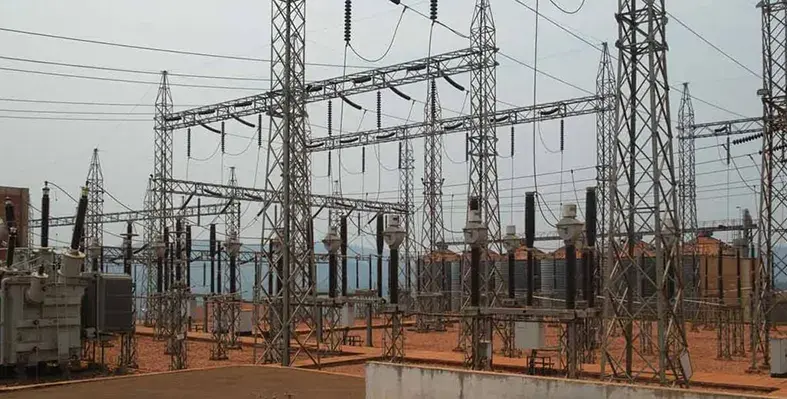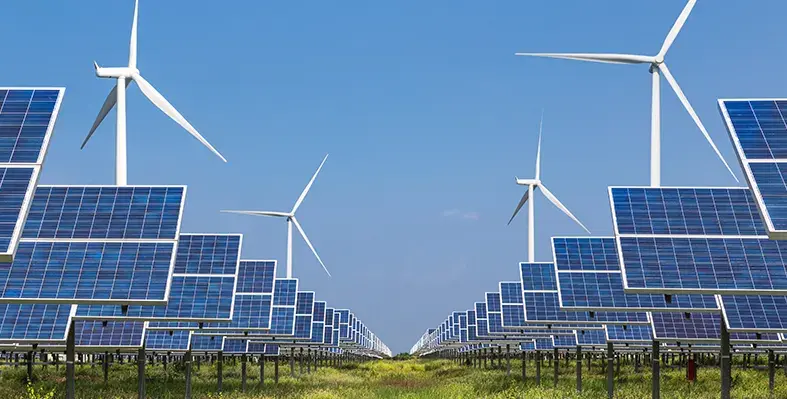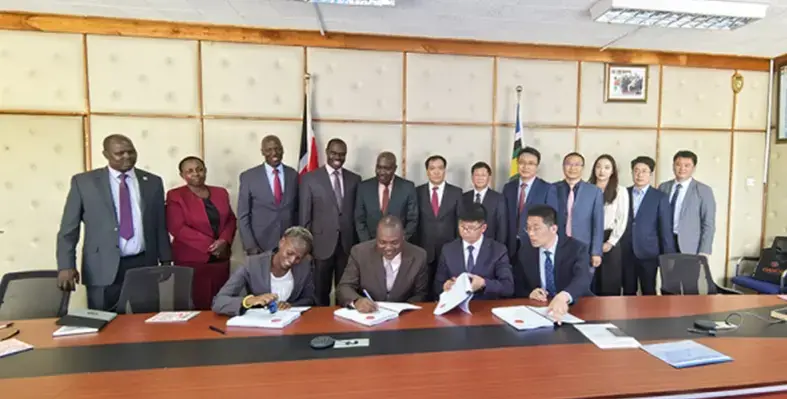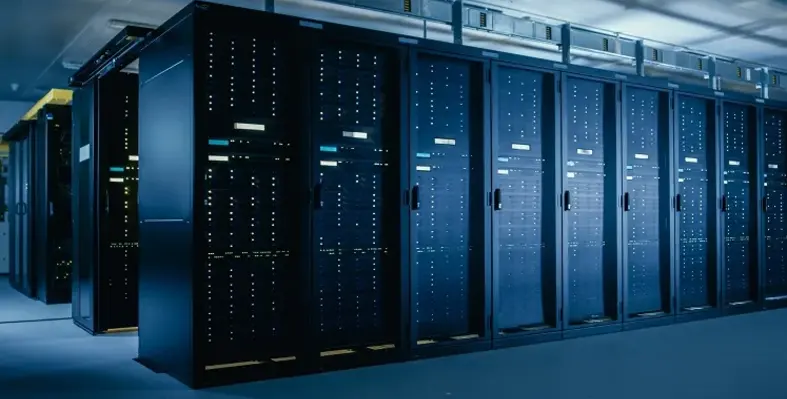Dangote Petroleum Refinery and Petrochemicals FZE has selected Honeywell to deliver advanced technologies, services, proprietary catalysts and specialised equipment that will allow the refinery to handle a broader range of crude oils and double its output at Africa’s largest refinery in Lekki, Nigeria by 2028
Using Honeywell’s refining and petrochemical process solutions, which are designed to reduce production costs, improve efficiency and increase throughput, Dangote plans to expand its refining capacity from 650,000 barrels per day to 1.4 million barrels per day within the next three years. This growth would position Dangote as the world’s largest petroleum refinery, strengthening Africa’s fuel production capabilities, reducing dependence on imports and improving regional energy security.
“Our continued collaboration with Honeywell marks a significant milestone not only for Dangote’s refinery, but for Nigeria’s energy sector as a whole,” said Aliko Dangote, president, Dangote Petroleum Refinery and Petrochemicals FZE.
“Through the use of Honeywell’s proven, advanced technologies, we can set new production standards for the industry while contributing to Nigeria’s energy independence and economic growth.”
Honeywell has supported the Lekki refinery with process technology for almost ten years. The new expansion will enable Dangote to maximise its existing assets and infrastructure, ensuring higher returns on investment, streamlining execution and accelerating time to market.
“Honeywell is committed to delivering groundbreaking technologies that empower customers, drive operational excellence, and support regional energy security efforts,” remarked Rajesh Gattupalli, president, Honeywell UOP.
“Our work with Dangote demonstrates how innovation and collaboration can help enhance regional energy independence and support Africa’s growing energy needs.”
As part of the agreement, Dangote will also adopt Honeywell’s Oleflex technology, which converts propane into propylene through catalytic dehydrogenation, enabling production of 750,000 metric tons of propylene annually. This will increase Dangote’s overall polypropylene output, a key material for a wide range of plastic and packaging products, to 2.4 million metric tons per year.
The Lekki complex is the world’s largest single-train refinery, producing Euro-V grade gasoline, diesel and jet fuel along with polypropylene used extensively in plastics manufacturing.
Honeywell’s century-long track record in the energy sector includes its process technologies and catalysts being deployed at more than 6,000 refineries and industrial sites worldwide.










